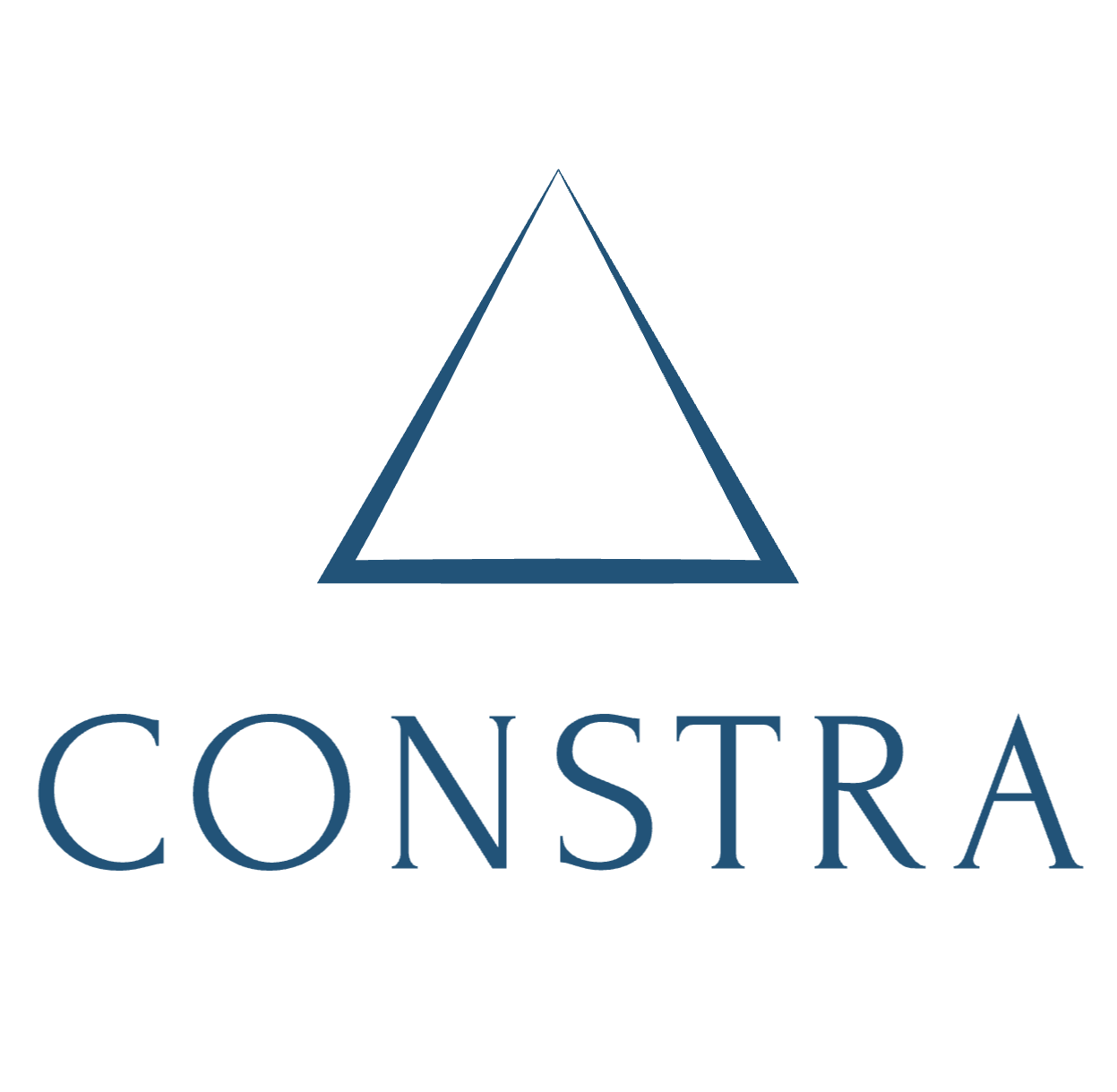AI can help conduct detailed and accurate land surveys, well withing 24 hours
In the construction industry, conducting a detailed survey of the site (proposed land) is a crucial first-step. The meticulousness of this activity will impact almost all of the subsequent steps of the project. In a pre-construction survey, the project-owners strive to study the geographical attributes of the site, and evaluate the project feasibility. This exercise serves as a baseline for the architects, PMCs, and contractors to base their
Traditionally, a pre-construction survey involves a set of surveyors, physically visiting the site along with their bulky measurement tools. They would then set-up the tools at the site, and capture various data-points. This process is repeated over multiple iterations. Finally, the measurements and observations are translated into a 2D map. The whole process may take typically 2-3 days.
Common Challenges
There are several challenges in the traditional mode of land surveying.
- Not everything can be covered – Given the time constraints, surveyors need to prioritize the data-points they’d like to measure and map
- Human Error – Due to manual effort, the findings are likely to have oversights, inaccuracies, errors and miscalculations
- In-person visits – A dependency on the people to be physically available for at the site
- Costly affair – The logistics and people costs are significant
- No 3D Views – The 2D drawings fail to depict the topology and trees in a visually engaging way The Computer Vision advantage Computer vision refers to a set of technologies that enable systems to derive meaningful information and insights from visual input streams like images, and videos. Computer Vision can vastly improve the scope, efficiency, and timeliness of pre-construction surveys. In the modern process of Land Surveying, a drone captures high-resolution images and videos. The visual inputs (images & videos) are then uploaded onto the computer vision application for processing.As you can see, this new age process makes several things redundant
- Bulky measuring equipment is no longer required
- In-person travel (of a large team) isn’t needed
- One-iteration of capture will suffice
Multitude of benefits
There are several benefits employing Computer Vision for pre-construction land surveys. An obvious advantage is that images reveal far more details and attributes for analysis. A few more are listed below.
-
-
- Survey Under 24 Hours – A good software platform can create a detailed land survey well within 24 hours.
- Stream Flow Resemblance – The survey can help you simulate rainwater flow and flooding within, and around your site. This is insightful for designing drainage and rainwater harvesting systems
- Contour Mapping – Computer vision aided platform can visualize the shape and surface of the land. It helps architects to know the exact area in which they are planning to construct
- 3D Modelling – 3D visualization of the site that helps you to know all the details, otherwise missing in a map – like trees, poles, garbage dump, man-made temporary sheds/tents/bunds etc.
-
A turning tide
COVID has accelerated the adoption of new-age technology within the construction sector. Forward-looking developers are slowly, but surely adopting a range of solutions including – point-solutions, automation tools, collaboration platforms and full-fledged ERPs. The construction-tech startups, on the other hand, are unlocking newer use cases, powered by cloud, automation and machine learning technologies.
Wondering how does this work on-ground?
You can know more about CONSTRA Survey and watch the PRODUCT DEMO.




